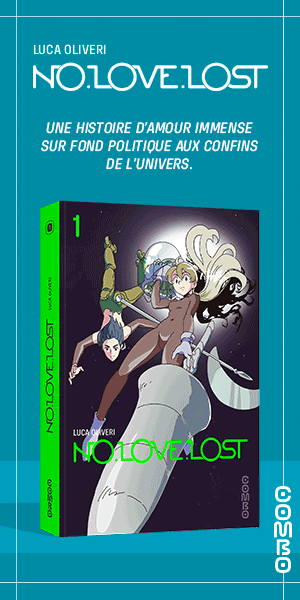By the rivers of Babylon
Extraits

Non classé
Studies in Elizabethan Audience Response to the Theatre
02/1993
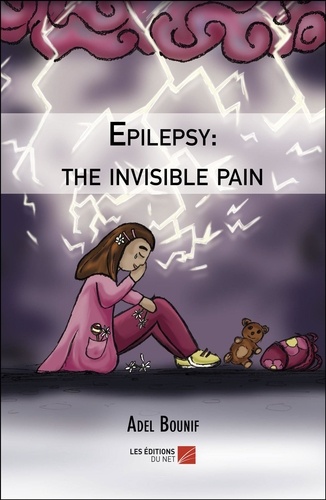
Poésie
Epilepsy: the invisible pain
01/2019
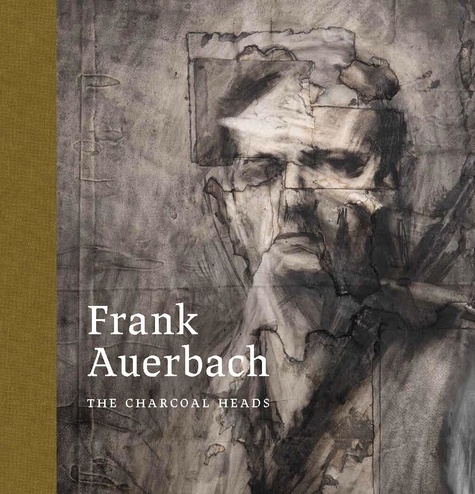
Mouvements artistiques
Frank Auerbach. The Charcoal Heads
03/2024
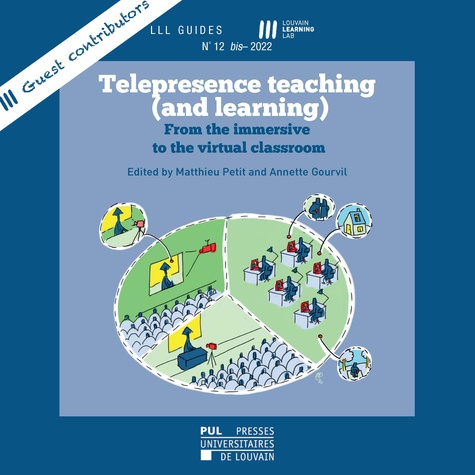
Sociologie
Cahiers du LLL n° 12 bis – Telepresence teaching (and learning). From the immersive to the virtual classroom
06/2022
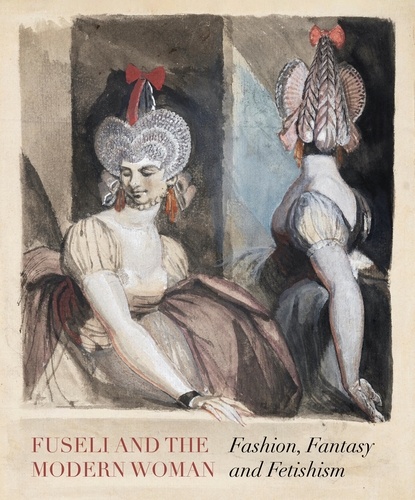
Monographies
Fuseli and the Modern Woman. Fashion, Fantasy, Fetishism
12/2022

Non classé
Read Ancient African scripts from any current African language. Volume 2
05/2020
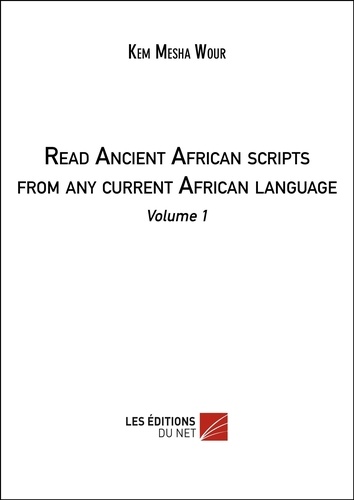
Non classé
Read Ancient African scripts from any current African language. Volume 1
05/2020
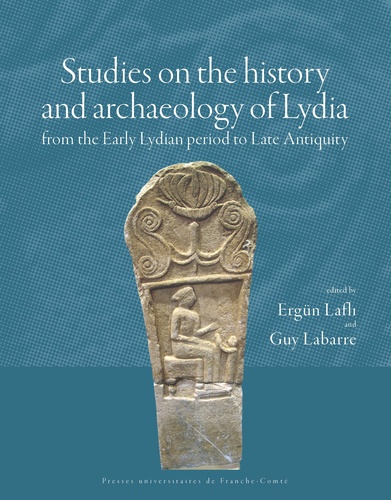
Archéologie
Etudes sur l'histoire et l'archéologie de Lydie de la période proto-lydienne à la fin de l'Antiquité. Textes en français et anglais
02/2023

Tourisme étranger
Moroccan tracks Volume 11. The sagho djebel
08/2022
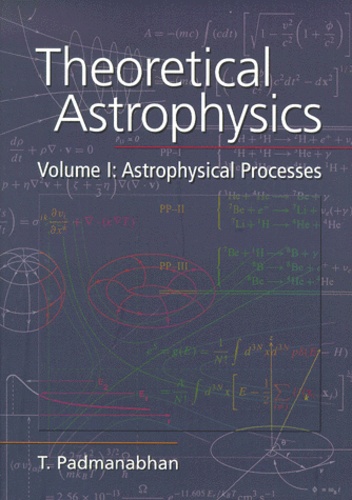
Sciences de la terre et de la
Theoretical Astrophysics. Volume 1, Astrophysical Processes
01/2000
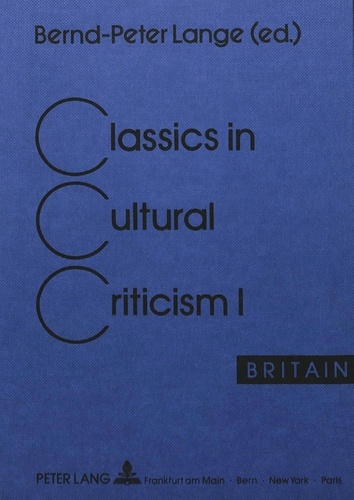
Non classé
Classics in Cultural Criticism
04/1991
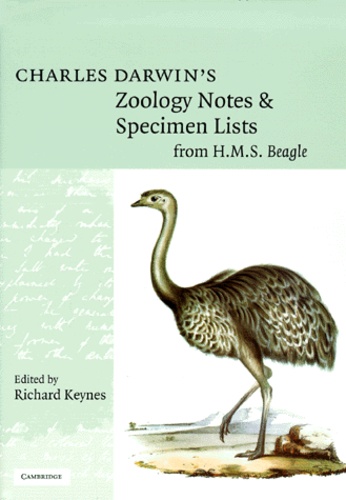
Histoire et Philosophiesophie
Charles Darwin's Zoology Notes & Specimen Lists from H.M.S. Beagle
01/2000

Antiquité - Généralités
Egyptian Cults and Sanctuaries on Delos
11/2021
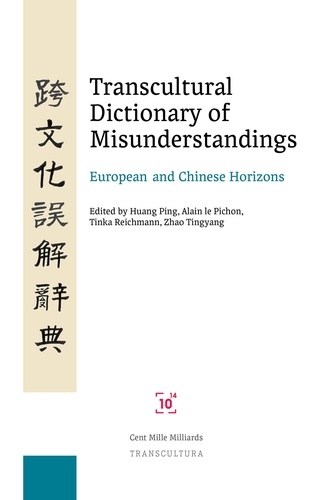
Cerveau et psychologie
Transcultural Dictionary of Misunderstandings. European and Chinese Horizons
07/2022
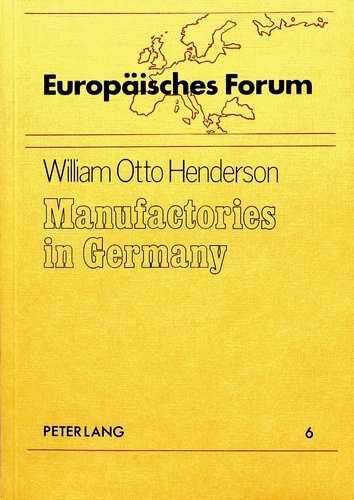
Histoire internationale
Manufactories in Germany
12/1985
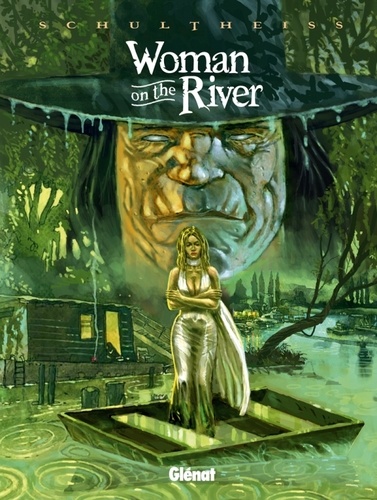
BD tout public
Woman on the River
09/2012
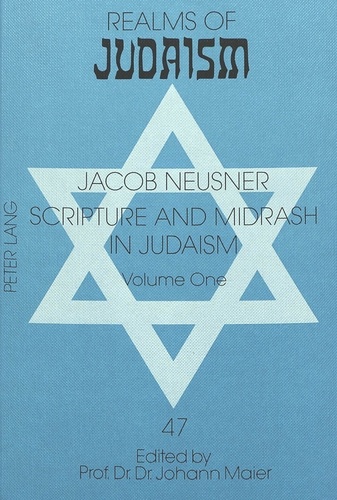
Sciences politiques
Scripture and Midrash in Judaism
03/1994
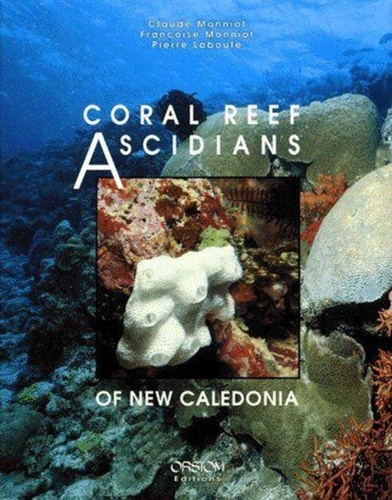
Sciences de la terre et de la
Coral reef ascidians of New Caledonia
08/1991
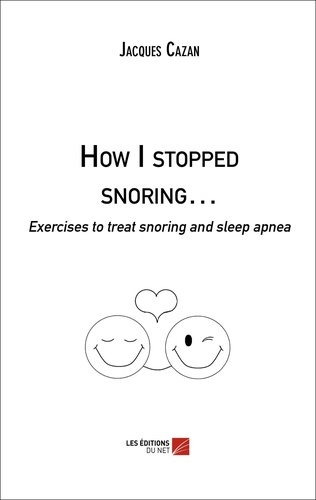
Généralités médicales
How I stopped snoring.. Exercises to treat snoring and sleep apnea
08/2016
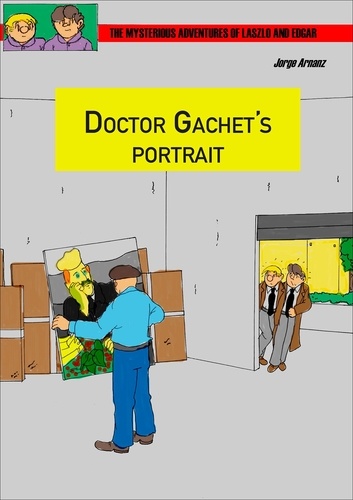
BD tout public
Doctor Gachet's portrait
01/2014
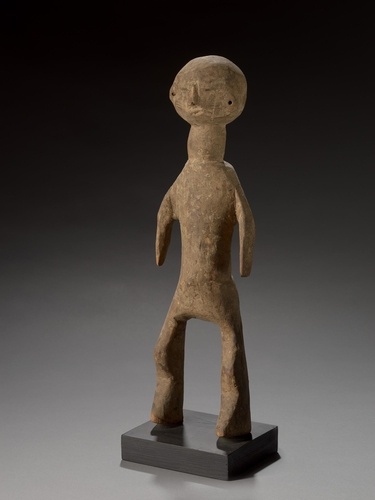
Monographies
Arts du Nigéria Central revisités. Mumuye et peuples environnants
05/2023

Sciences politiques
Organizing after Crisis. The Challenge of Learning
03/1994
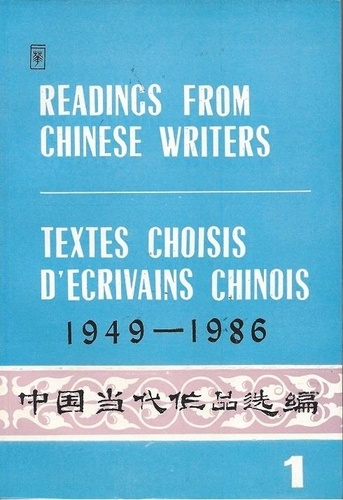
Littérature française
READINGS FROM CHINESE WRITERS: TEXTES CHOISIS D'ECRIVAINS CHINOIS 1949-1986, Tome I
01/1989
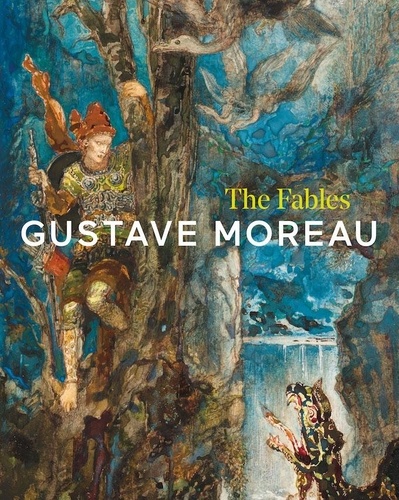
Monographies
Gustave Moreau. The Fables
08/2021
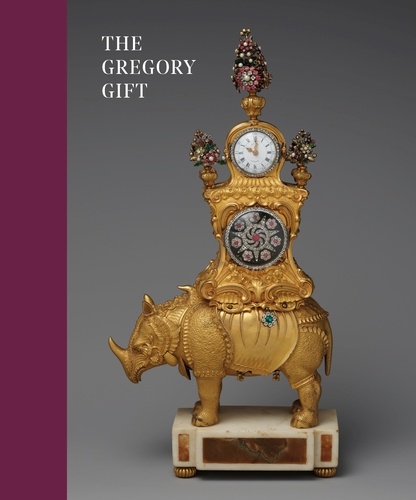
Monographies
The Gregory Gift
02/2023
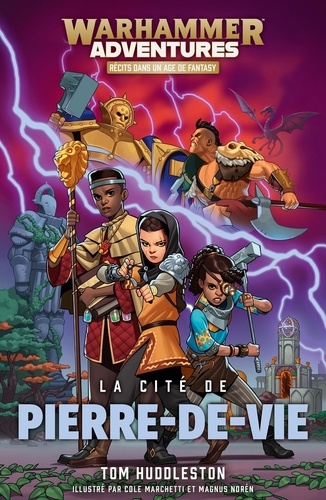
12 ans et +
Les 8 royaumes mortels Tome 1 : La cité de Pierre-de-Vie
06/2019
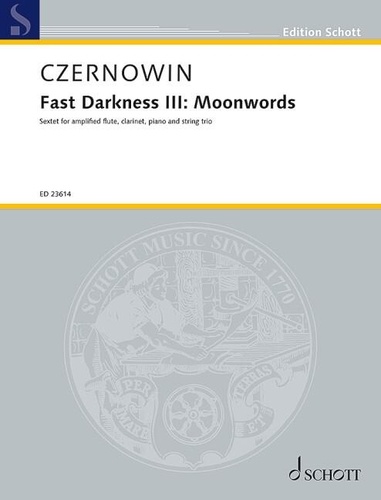
Non classé
Fast Darkness III: Moonwords. Sextet for flute, clarinet, piano and string trio. flute, clarinet, piano, violin, viola, cello. Partition et parties.
03/2023
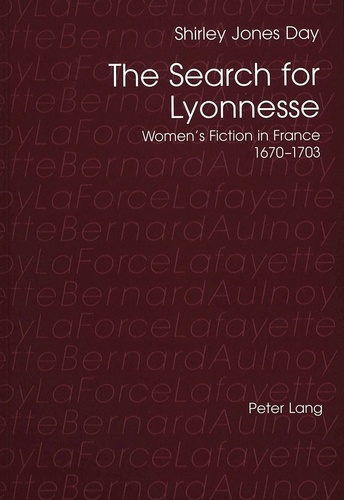
Non classé
The Search for Lyonnesse
07/1999

Science-fiction
The aumakua. The great white shark novel
09/2023

Beaux arts
Italian Maiolica and Other Early Modern Ceramics in the Courtauld Gallery
03/2023

